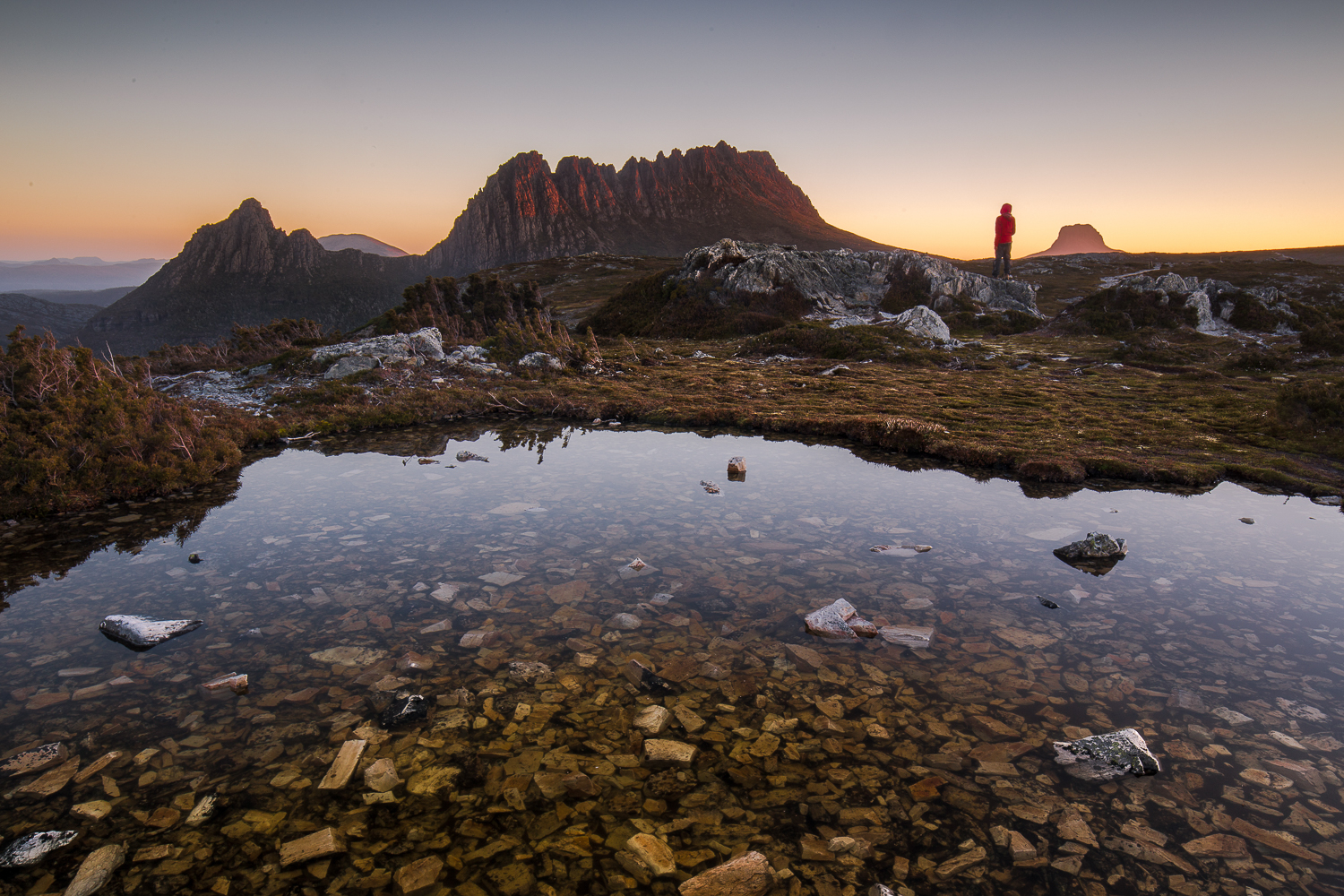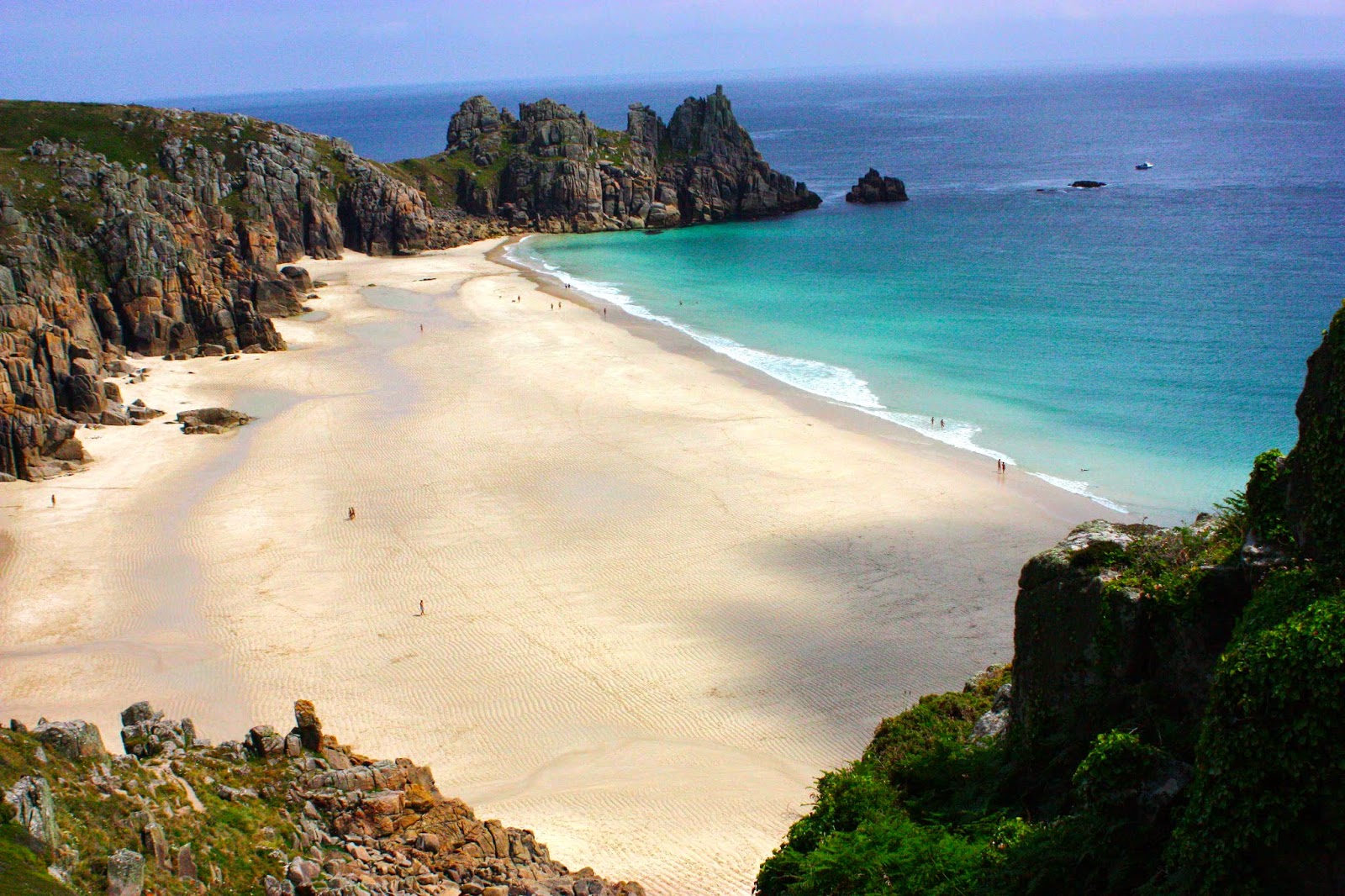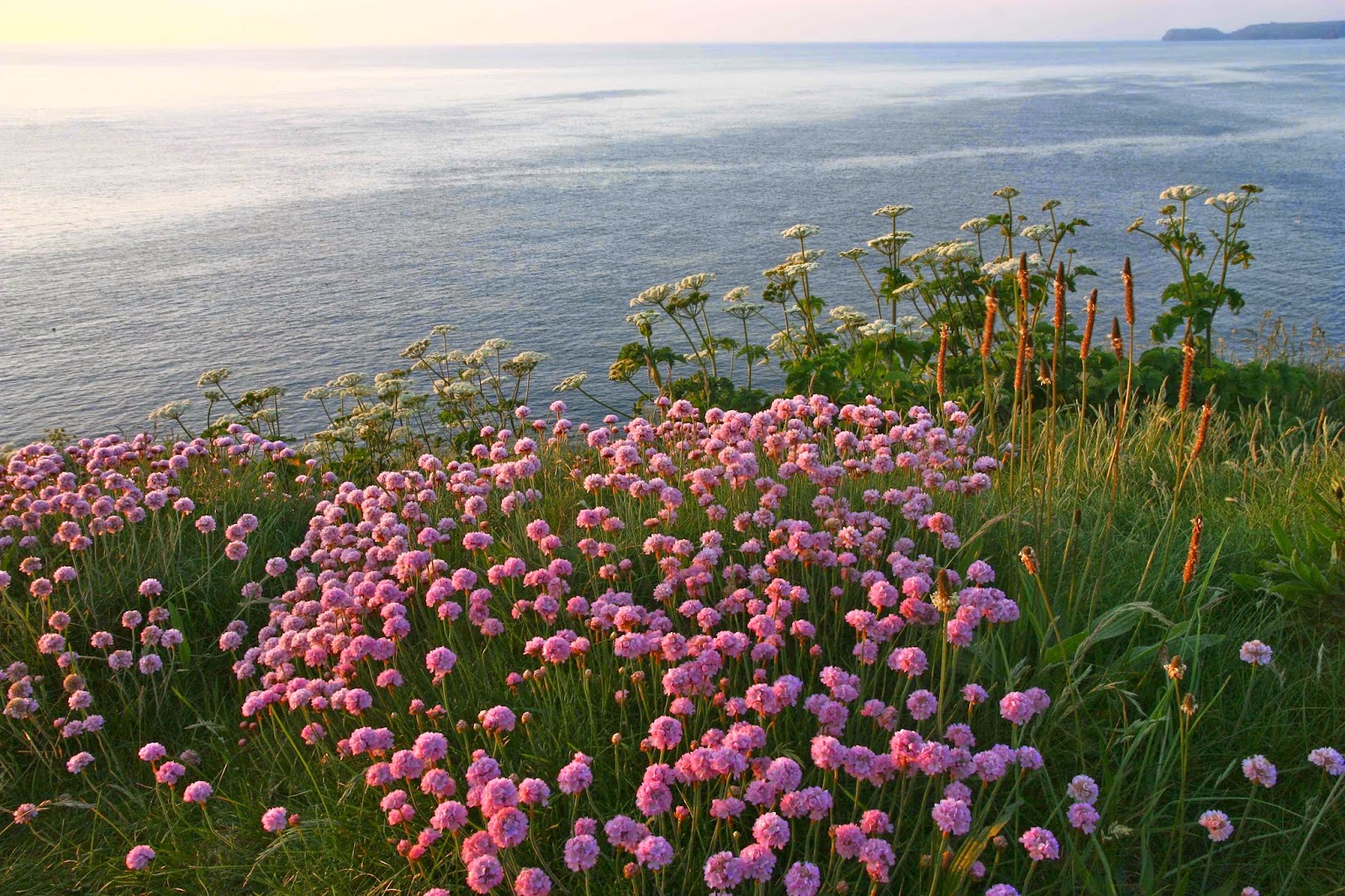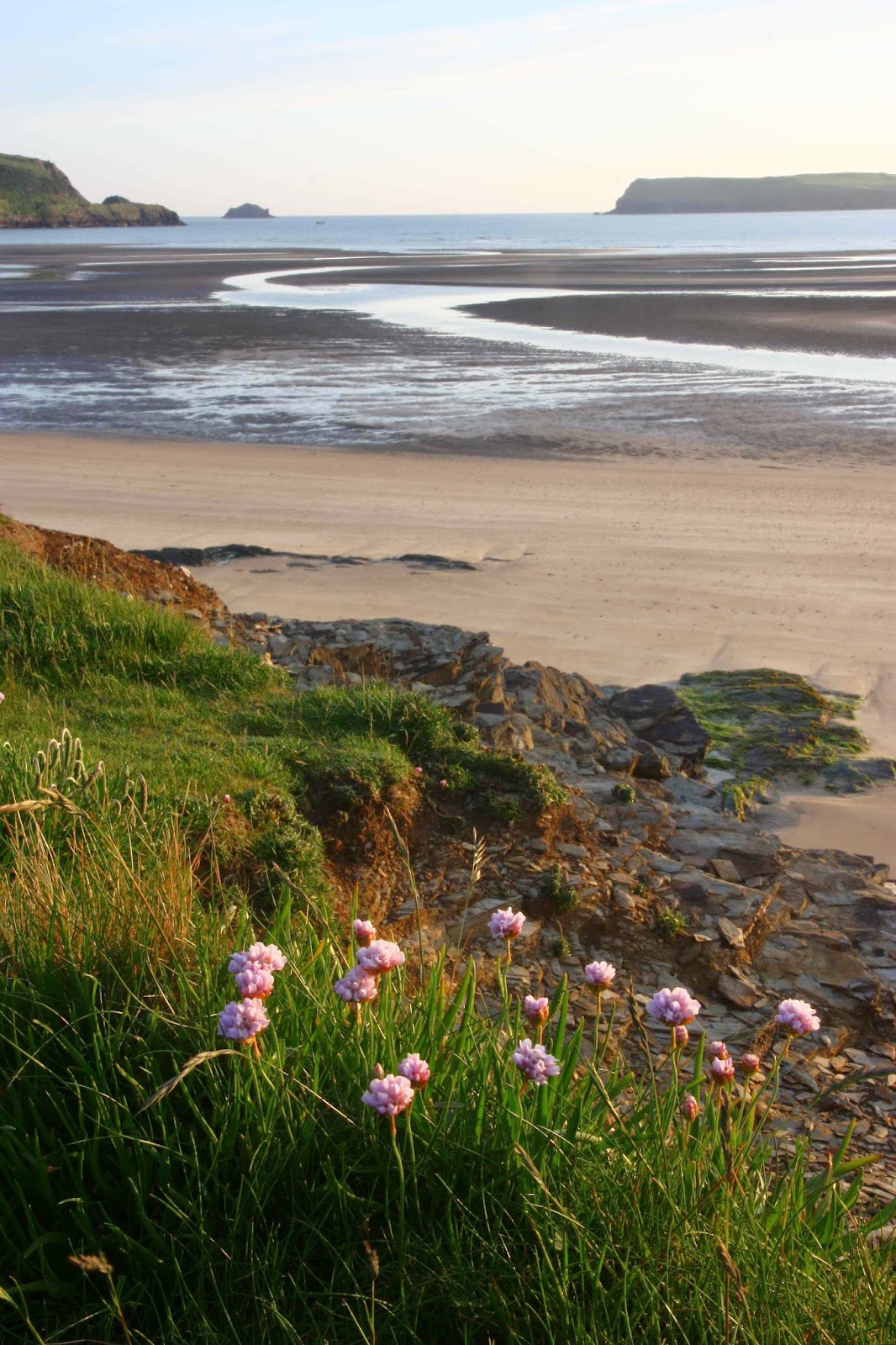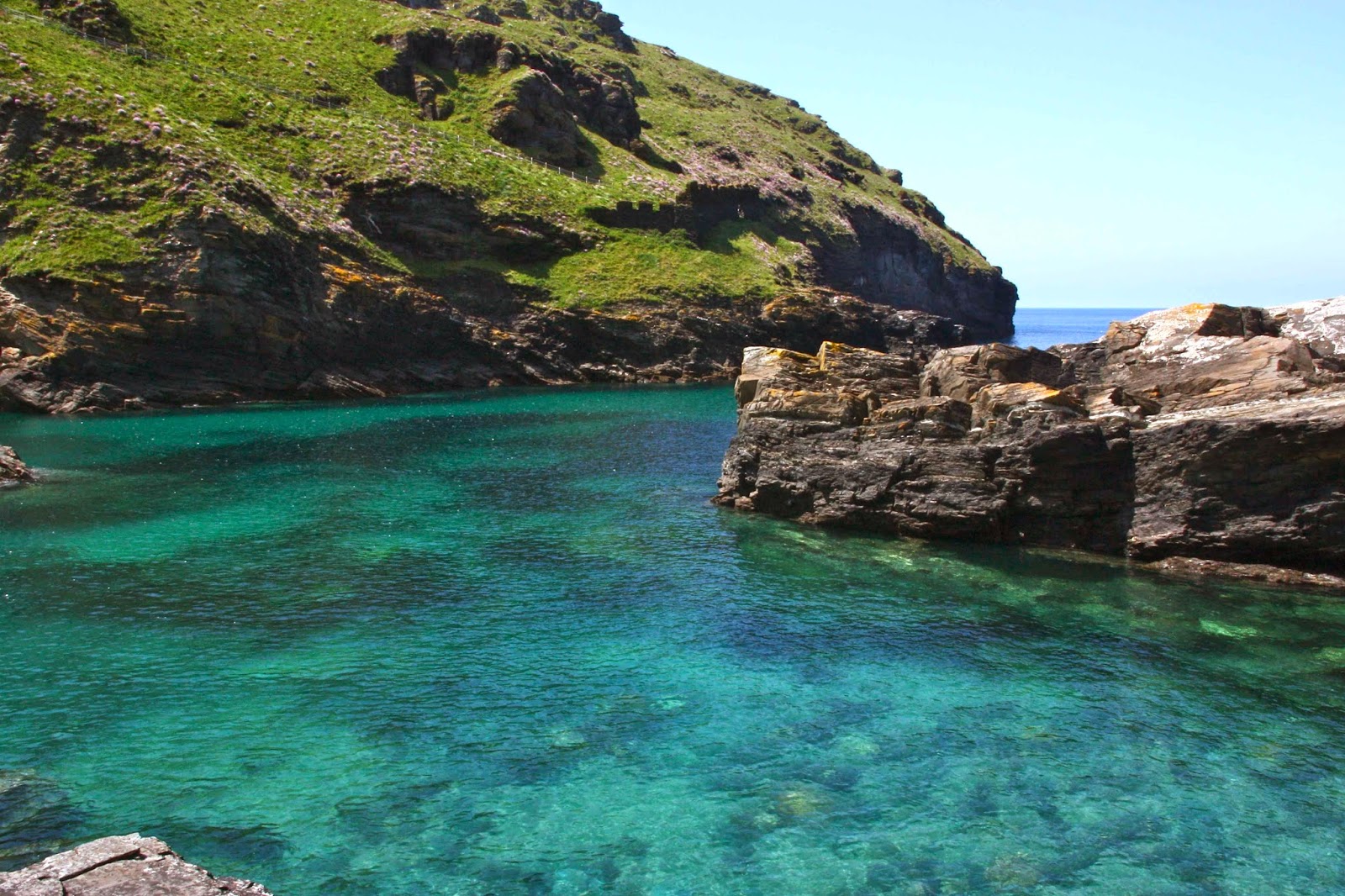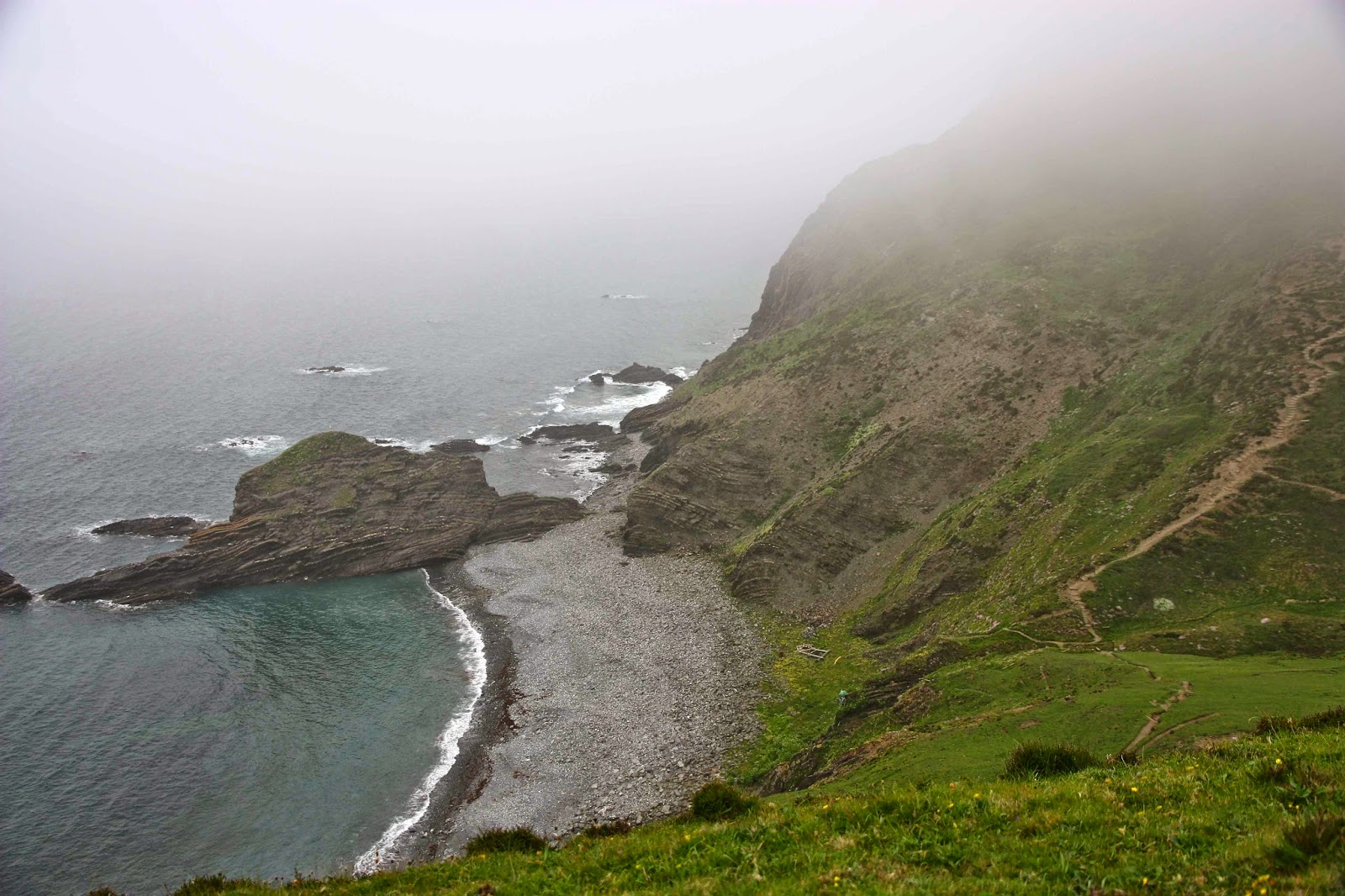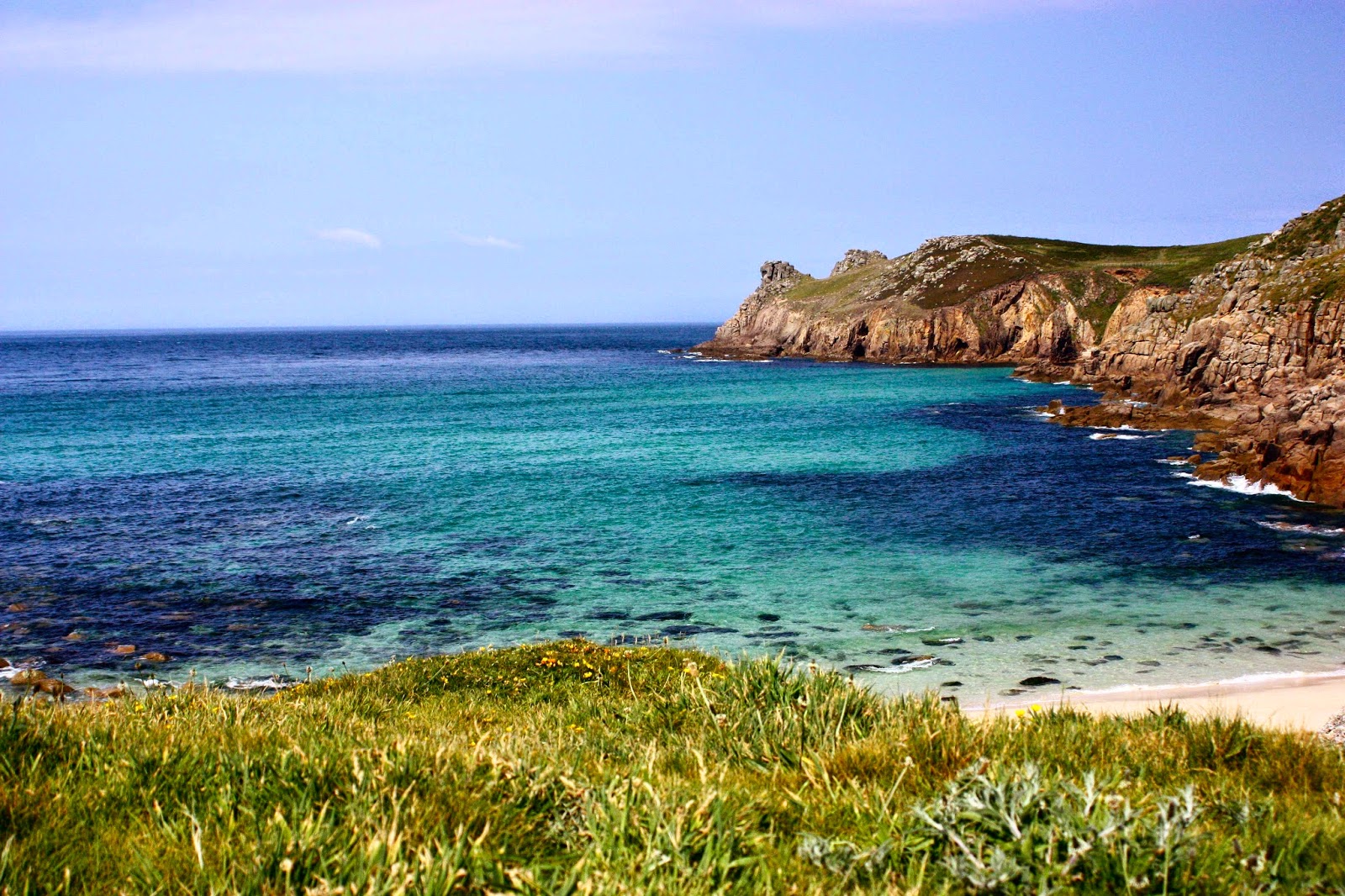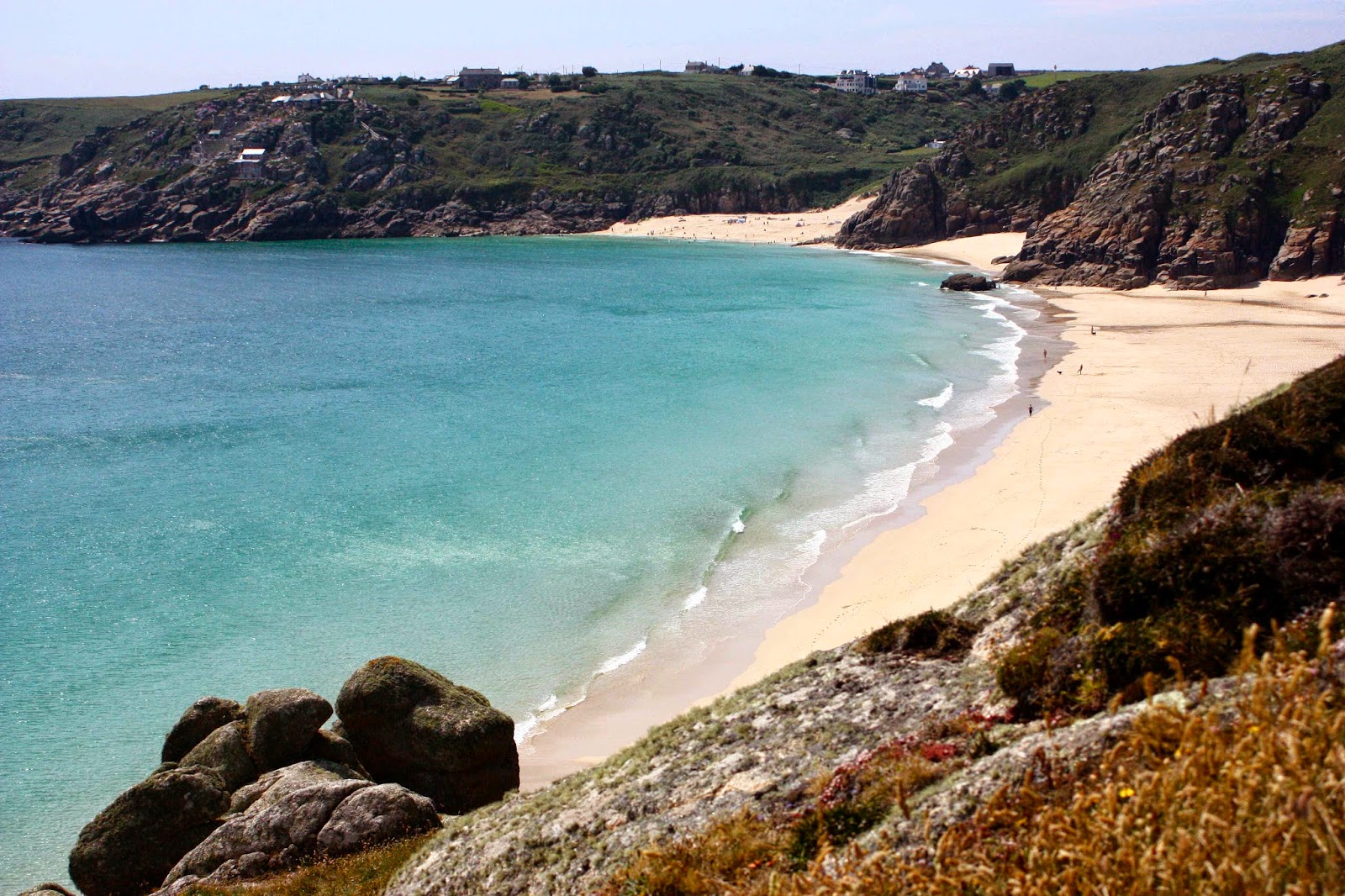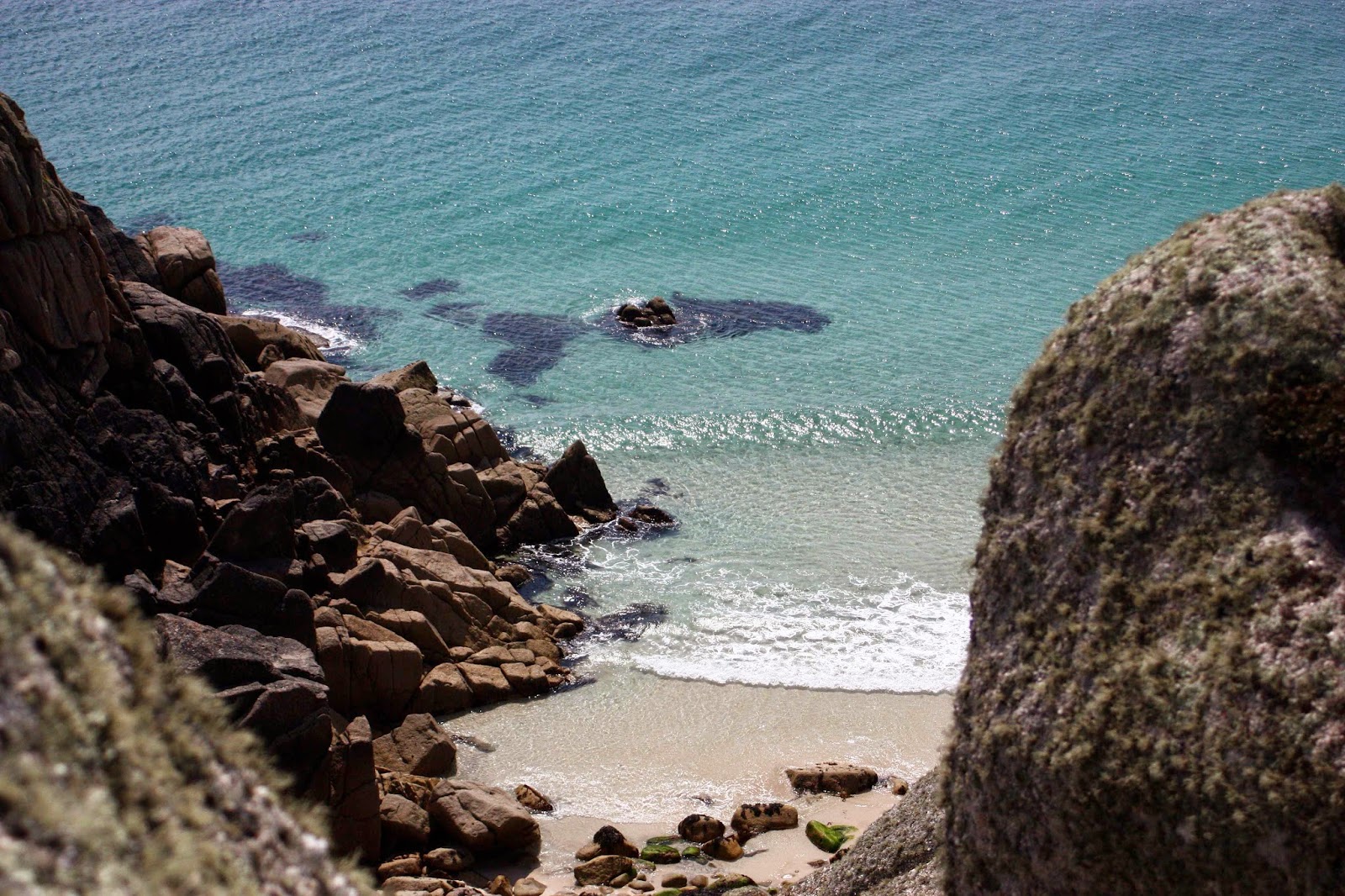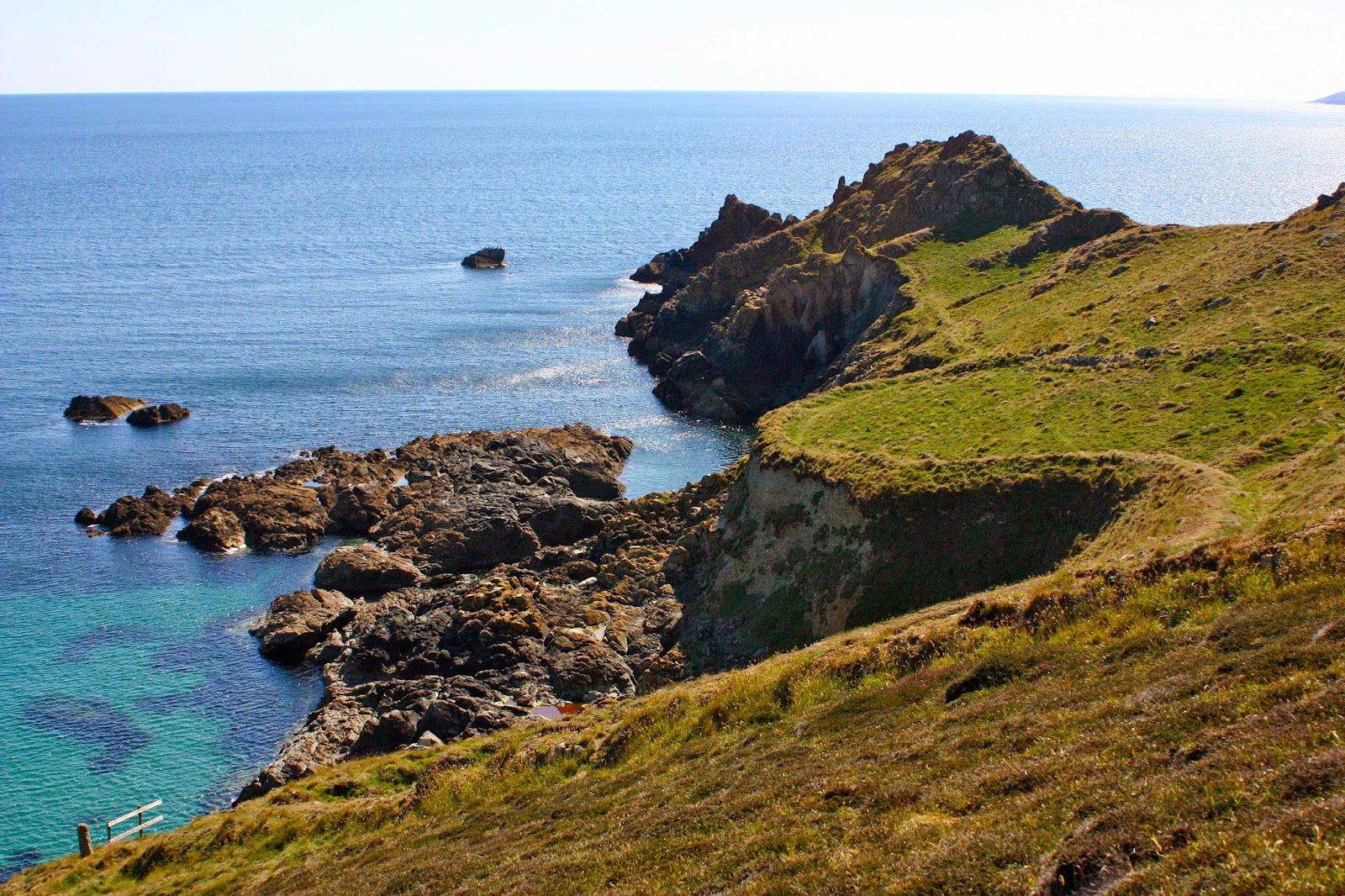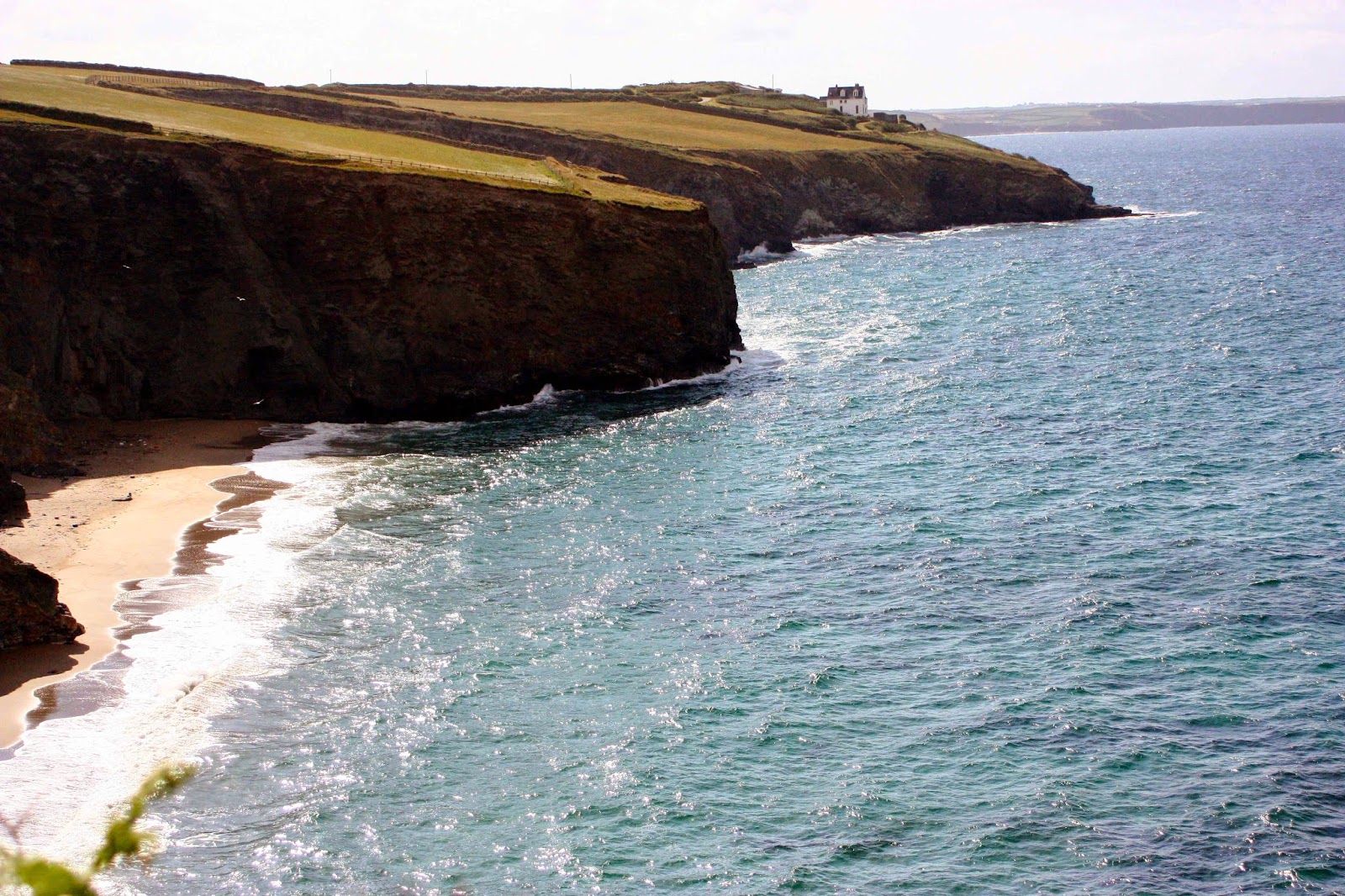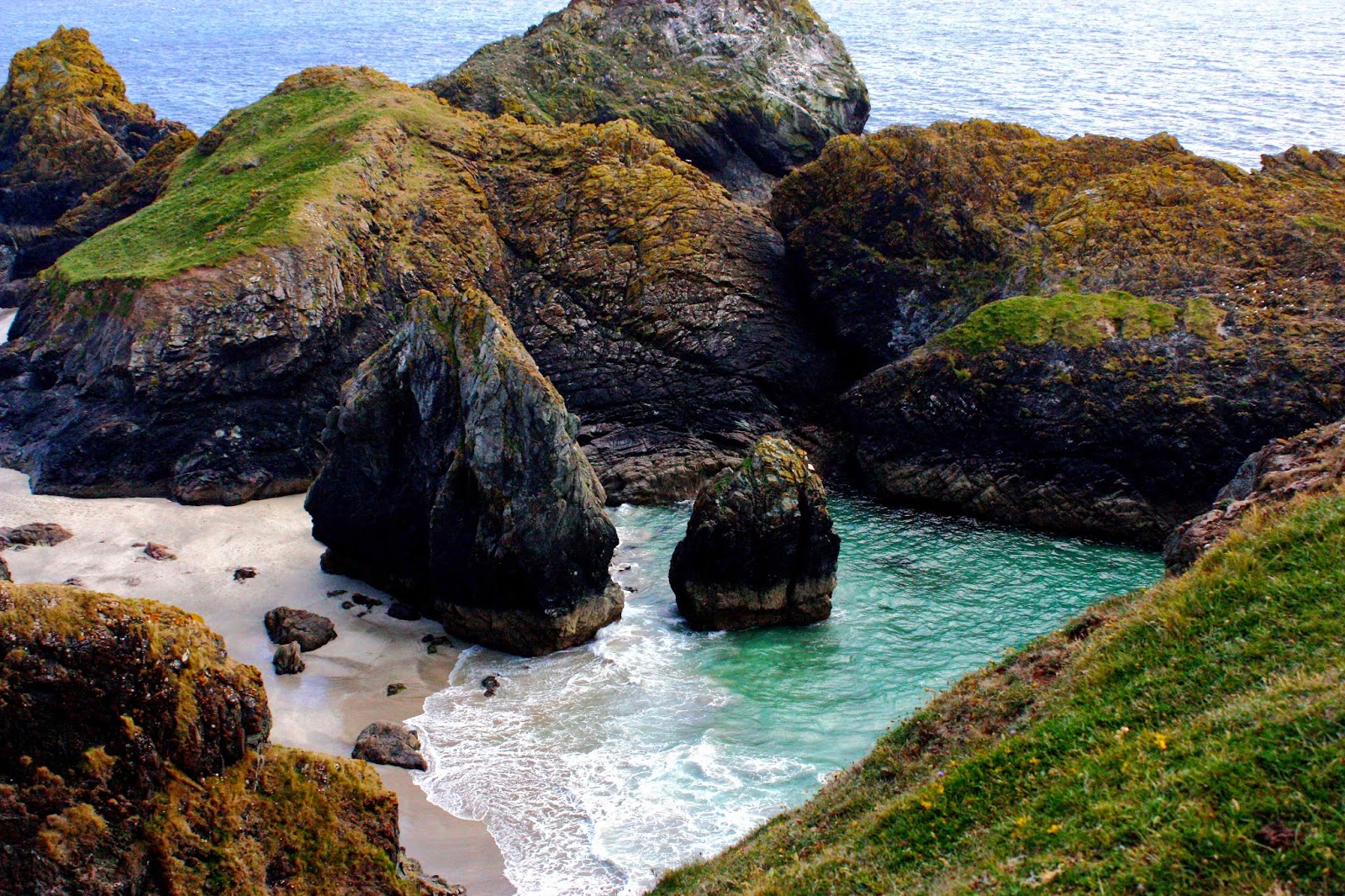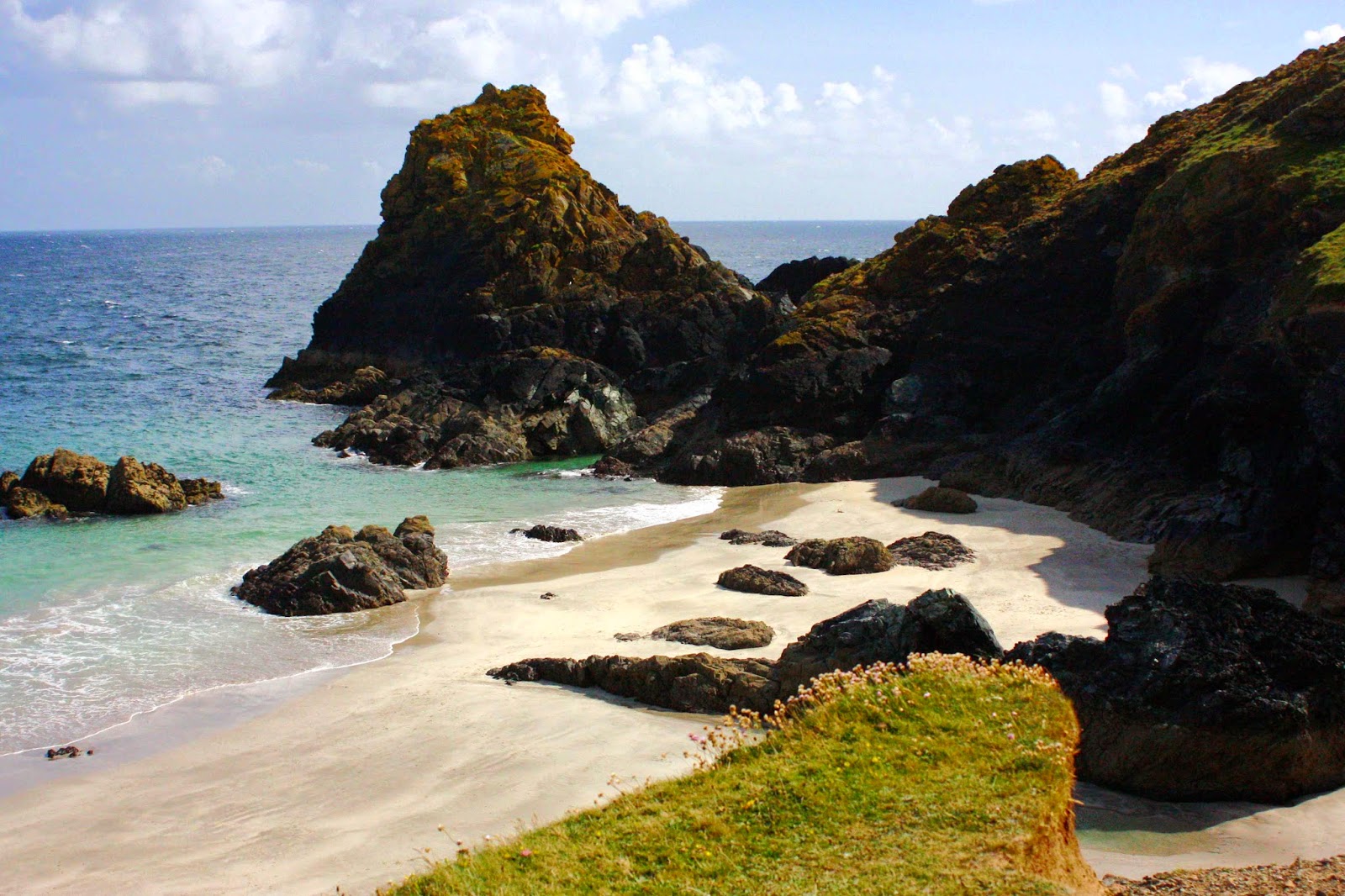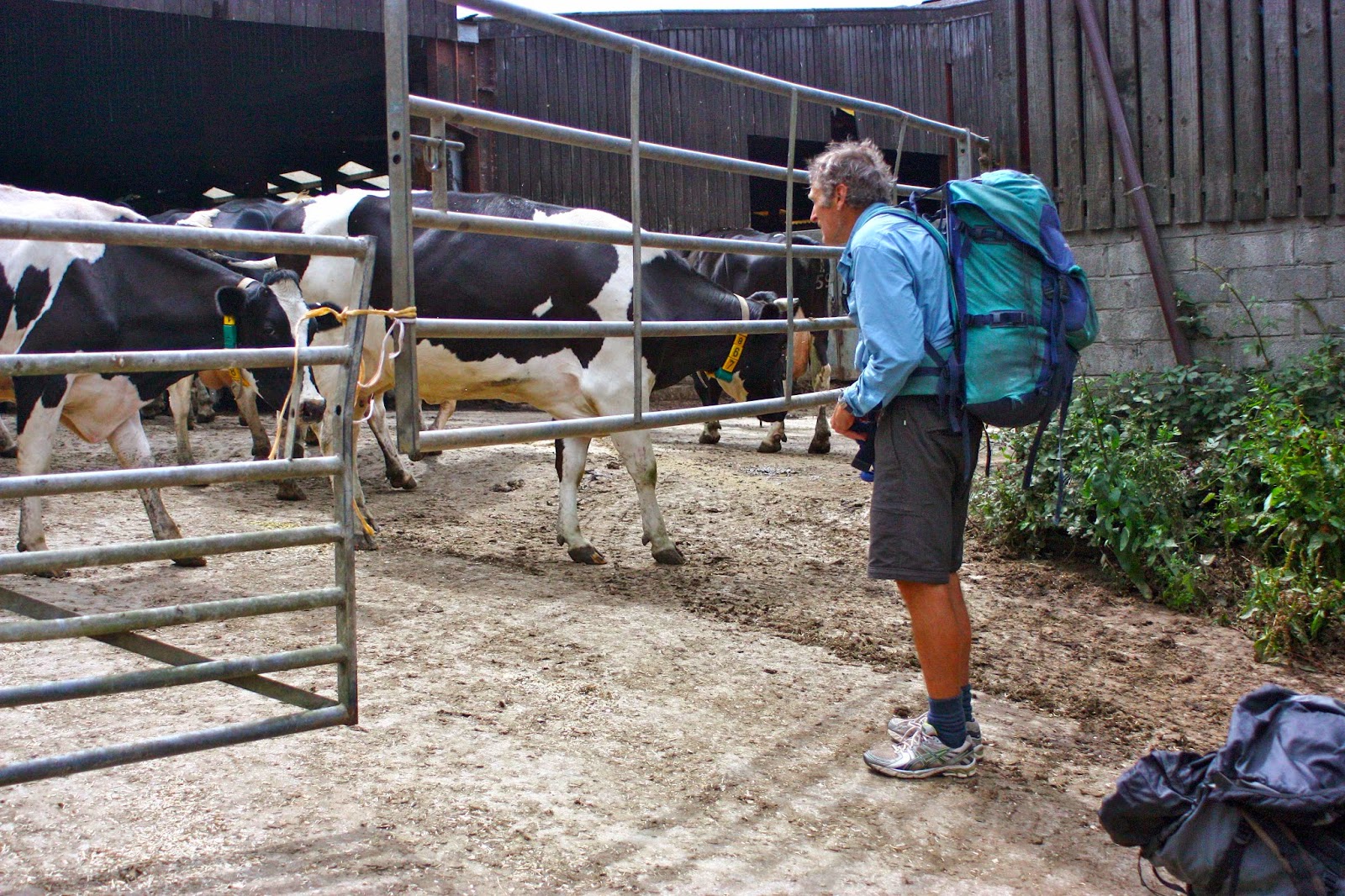When we began the South West Coast Path (Cornwall) we did have a small idea of what we might expect, having done a chunk of the Pembrokeshire Coastal Path with the Oxford University Walking Club when based there. But that was Wales, and this was England, and I always have trouble ridding myself of the notion that England is unpleasantly crowded. I’m sure the big cities are. The country regions remain magnificent.
Our starting point in both 2011 and ’12 was Padstow, plucked originally out of a hat, but having the advantage that public transport went there, and it had good press. We flew to Heathrow, caught the bus that went straight from the airport to way out west and sat for another five or so hours, had one more change of bus and we were there, over forty hours of travel accomplished (both times). As you might imagine, we arrived feeling that rest at last would be very nice. It was just after 5pm, so all offices were closed. The town was completely booked out. (Next year, 2012 we took the precaution of making a booking).
Oh well, the next village along the route was only 8 kms away. Might as well begin the trail right now. We shouldered our packs and set out, heading south west along the headlands. I have nothing against sleeping under trees, but unfortunately somewhere in that 8 kms it started to drizzle. We needed a roof over our heads, and a feed wouldn’t go astray either. In the meantime, however, the walking was a marvellous tonic: how wonderful it was to have the sea air massaging our faces, the light wind tussling our hair, to smell and see the English coastal countryside, the stone walls and English trees, the sheep that are different to our own, and the English wayside flowers. It was also grand to be moving after such a long period of sitting. This was the perfect beginning. In no time, the village appeared.
There was trouble getting a room even here, but with the help of a friendly shopkeeper and an obliging family who were about to open a B&B but were not quite ready yet, we found a bed and roof, and the best breakfast imaginable next morning. That night we went to the pub for a meal, and I did the old slapstick comedy routine of falling asleep with my face in my lasagne. It lacked originality.
Filled to the plimsol line with porridge, croissants, berries, cooked tomato, mushroom and eggs, great coffee, home-made jam and more, we bloatedly set out to begin the real journey. The air was still misty, visibility reduced, and yet everything thrilled us. The path, for major stretches, is high along the cliff tops, with a fabulous sense of space. The grass was verdant green – the British speciality – and the sea an arresting cerulean blue from the distance, totally transparent and dancing with glittering light up close. I loved looking down on the tiny coves, perhaps with an imagination informed by Enid Blyton as a child. A cove for me is a place of romantic adventure, excitement, mystery and wonder as well as beauty.
What we were offered was a series of endless variations on a theme – each one having its own unique stamp to keep us absorbed – just like each of the over eight hundred eucalypts is very like its other genera members, yet different enough to provide entertaining variety. Here, we had hundreds of kilometres of coves, beaches, headlands and villages, and yet every single one, whilst being recognisably like its ambient friends, was also unique. If you’re a bored type, you can dismiss huge groups of things under a single generic heading, “Oh, they’re all just fungi, or trees, or mountains”, but if you look for the differences and immerse yourself in those – better still, learn the name of the distinguishing features – then those differences will entertain you.
So, for us, it was not a matter of another cove or headland, but we delighted in the variety of size, shape, colour, aspect, lumps and bumps, the particular rocks or islands visible, or the caves or arches that were there.
My husband’s Parkinson’s disease was not going through a good patch in either of our times there, but the infrastructure of the area gave us enormous flexibility. Unfortunately, the first and final days were the only ones where he could last a whole day with me. On the others, he would either not walk at all, or do half a day, and cover the remaining distance by bus.
That way, I could throw down the pub breakfast of prefab croissant and unexciting coffee – with porridge if I was lucky – and leave Bruce to luxuriate in the full English breakfast, which he adores, grinning like a naught schoolboy, possibly because it is very different from the fare he gets at home. He likes to be able to chew slowly and take his time, which does not suit my restless spirit much, especially at the start of the day when I am just itching to be outside in the golden light and the dew. I wave farewell, pack on my back, and I’m off. He knows which village I’ll have my lunchtime soup in, and which one I’ve chosen for that night, and he knows to meet me at the pub closest to the water. It always worked. I was free to dance, run, dawdle and photograph … whatever. I felt very free. It’s nice to choose my own pace in a world of compulsion.
In 2012, as said, we started once more in Padstow, but went in the opposite direction. As we’d made a booking this time round, we got to explore the town the evening of our arrival, which was good, as it’s very quaint. Its popularity is there for a reason. The next morning we were both up at about 4.30, excited to be there, and wondered the coast for hours before the British breakfast time. It reminded me of my childhood, when I seemed to have lived a whole life before my parents awoke to break their overnight fast. They never had a clue what their innocent-looking daughter had been up to.
We used the same modus operandi this year as well, so I mostly walked alone and met Bruce at the far end of the day, when he would often walk backwards along the track to intersect my route, having settled in our pub for a bit first. I carried my pack, not because I needed to, but because carrying a big pack is, for me, part of the necessary apparatus of a proper walk. Without it, the walk becomes something else – a daywalk and not a pilgrimage. My pack connotes freedom, adventure and excitement. I want it there with me.
This method meant that Bruce could do exactly as much as he felt he could manage without being ruled by the distance between villages, and gave him a gradual easing in, a transition between his hectic but sedentary schedule at home, and the long-distance paths we were about to undertake. The website for this walk says that its height gain is the equivalent of climbing Everest four times!!! It’s no wonder Bruce found it challenging to do straight off the plane. You are constantly going up or down, and very steeply. Gradual slaloming of the path to tone down the steepness is for the Swiss, not the Brits. They attack each rise head on. Short but sharp, but they add up and take a toll if you’re not conditioned for it.
